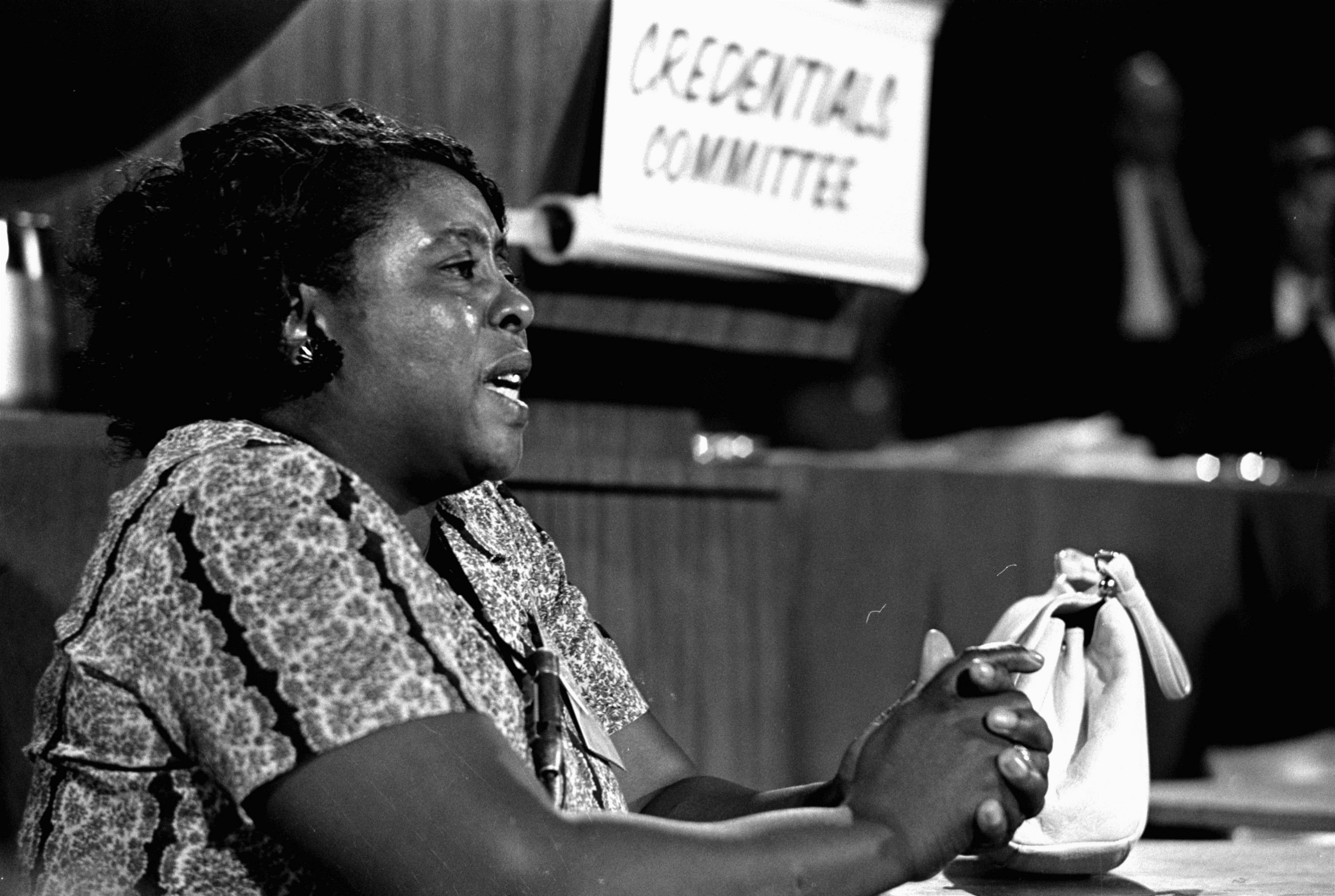March marks Women’s History Month, an honorary observance designated by Congress to recognize and celebrate the contributions of women throughout history and today.
Among the events honoring women in their consequential fight for visibility and equality is International Women's Day on March 8, which is observed around the world with marches and demonstrations.
Here's what to know about Women's History Month and International Women's Day:
When is Women’s History Month?
Get Tri-state area news and weather forecasts to your inbox. Sign up for NBC New York newsletters.
Women’s History Month takes place from March 1 to March 31. However, it didn't start out as a month-long observance.
What are the origins of Women's History Month?
According to the National Women's History Museum, Women's History Month began as a week-long celebration in Santa Rosa, California.
In 1978, the Education Task Force of the Sonoma County Commission on the Status of Women planned the first "Women's History Week" in 1978 and timed it to coincide with International Women's Day. The idea spread to other local communities in the state and across the country.
In 1980, an association of women’s groups known as the National Women's History Project successfully lobbied for national recognition from President Jimmy Carter, who issued a proclamation that year recognizing the week of March 8 as National Women’s History Week.
President Ronald Reagan continued the tradition until 1987 when Congress designated the entire month of March as Women’s History Month with the passage of Public Law 100-9. Since then, every president has issued annual proclamations designating the month.
This year, President Joe Biden urged Americans in his proclamation to ”continue working to build a world worthy of the dreams and goals of all women and girls."
"During Women’s History Month, we celebrate the courageous women who have helped our Nation build a fairer, more just society," Biden said.
What is International Women's Day?
March 8 marks International Women's Day. The United Nations officially recognized International Women’s Day in 1977, but the occasion has its roots in labor movements of the early 20th century. The day is commemorated in different ways and to varying degrees in places around the world.
The first iteration was the National Woman’s Day observance in the U.S. on Feb. 28, 1909, when the Socialist Party of America selected the day to honor striking garment workers in New York City who were protesting unsuitable working conditions for women, according to the United Nations.
A year later, German activist Clara Zetkin was at the International Conference of Working Women in Copenhagen when she suggested the 17 countries in attendance mark March 8 as Women’s Day to honor the movement for women's rights and to build support for achieving universal suffrage for women. The following year in 1911, a day to celebrate women was recognized throughout Europe and in the United States.
By 1913, women in Europe began using International Women's Day as a vehicle to protest World War I, which was eventually adopted by women in Russia striking for "Bread and Peace" in response to the death of over 2 million Russian soldiers in the first world war.
It was not until 1975, that the United Nations officially marked what is known now as International Women’s Day. Two years later, the U.N. General Assembly adopted a resolution proclaiming a United Nations Day for Women’s Rights and International Peace to be observed by member states.
What do the colors behind Women's History Month mean?
Purple, green and white are the official colors of Women’s History Month. They are adopted from the colors used for International Women's Day, which according to the website International Women’s Day, originated from the suffragists in the Women's Social and Political Union in the early 1900s.
In England, the color purple has historically signified royalty and loyalty to a cause, but internationally and in the U.S. it is associated with justice, dignity and the color of women and gender equality, according to TODAY.com.
Green symbolizes hope and new beginnings, harkening back to spring and nature’s flourishing, while white represents purity.
How is International Women’s Day observed in the U.S. and around the world?
International Women’s Day is celebrated as a national holiday by many countries around the world, with women often receiving flowers and gifts. In dozens of nations, the day has also been marked with marches and demonstrations, as women demand gender parity.
Women's Day events often reflect that year's theme. For 2024, the official theme of the U.N. observance is "Invest in Women: Accelerate Progress," aimed at tackling economic disempowerment. According to a U.N. news release announcing the theme, over 100 stock exchanges around the world will host bell ringing ceremonies "to raise awareness of the pivotal role the private sector can play in advancing gender equality."
The website internationalwomensday.com, which was launched in 2001 to reignite attention for the day, has its own campaign theme for 2024: #InspireInclusion. The theme underscores the crucial role of inclusion in achieving gender equality. The website allows people to search for and promote local International Women's Day events by cities, states and countries.
Online retailers, meanwhile, have long used International Women’s Day to sell sweatshirts, greeting cards, sticker packs, cloth totes, jeopardy games, cupcake toppers and myriad other March-8-themed, purple-heavy items for the event. The internet also offers plenty of guides for businesses to tap into the occasion, from cupcakes and appreciation emails for employees to product bundles and social media offers for existing or future customers. Companies, however, have had varying degrees of success with these efforts.
Additionally, in the U.S., the National Women’s History Alliance chooses its own theme for Women's History Month each year. This year’s theme is centered on “Women who advocate for equity, diversity, and inclusion.”
“During 2024, we recognize the example of women who are committed to embracing everyone and excluding no one in our common quest for freedom and opportunity. They know that people change with the help of families, teachers and friends, and that young people in particular need to learn the value of hearing from different voices with different points of view as they grow up,” according to a statement on the website.
The group urges people to honor women and organizations in their community who work for basic inclusion, equality and fairness.



